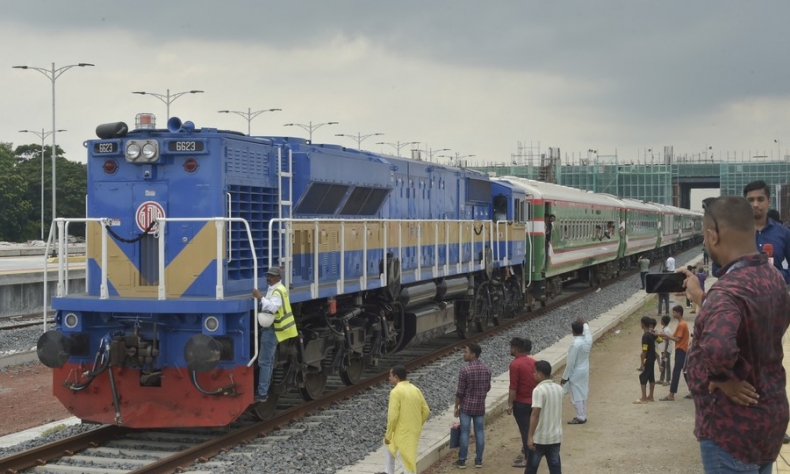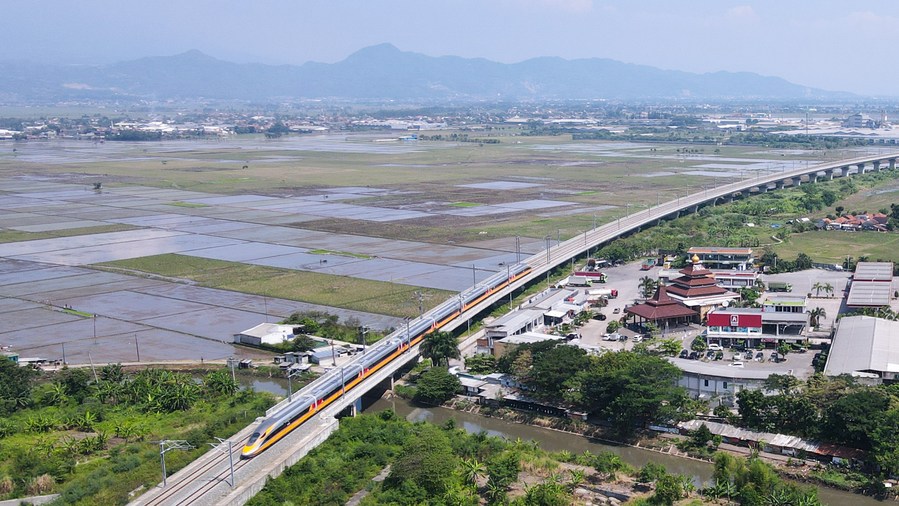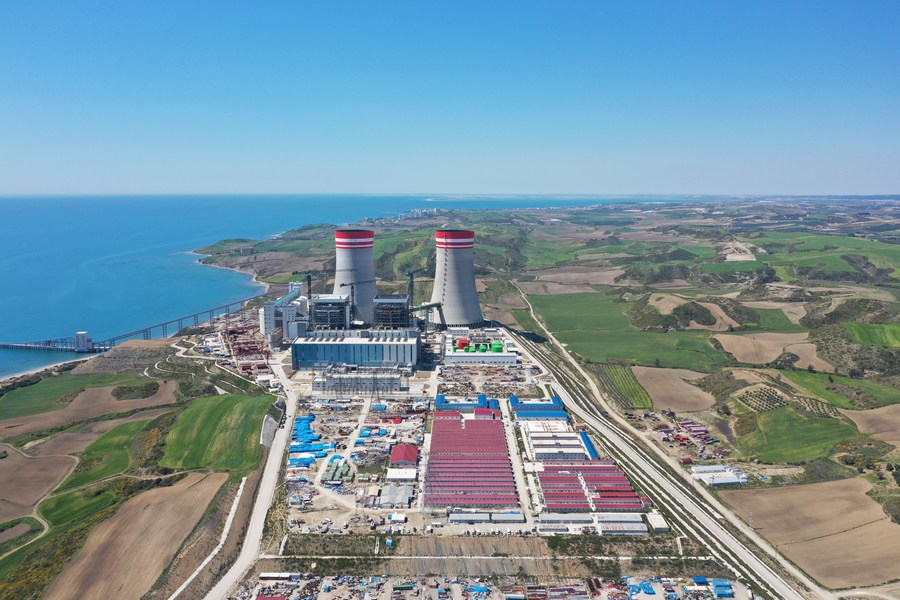BRI: A Source of Growth Momentum

A decade on, the Belt and Road Initiative is as promising as ever.
Ten years ago, Chinese President Xi Jinping first proposed building the Silk Road Economic Belt while addressing the Nazarbayev University in Kazakhstan on September 7, 2013. In the following decade, this proposal was translated into action. The Belt and Road Initiative (BRI) took shape and expanded across the world, injecting new life into a millennia-old trade passage.
The BRI is built on rich historical heritage but is oriented toward the future. Though first proposed by China, it is aimed at bringing benefits to people all over the world. As Ahsan Iqbal, Pakistan’s minister of planning, development, and special initiatives observed, the real beauty of the BRI is the spirit of sharing. China shares its success with other developing countries for common prosperity and a community of a shared future for humanity.
Common development and mutual benefits
Over the past years, the BRI has delivered tanglible results, proving its huge potential in empowering globalization and driving inclusive and robust growth of the world economy. British sociologist Martin Albrow is noted for his work on globalization and the theory of the global age. He said that the BRI has displayed great vitality, and has even better prospects in the post-COVID era.
So far, China has signed 200-plus agreements with more than 150 countries and some 30 international organizations for cooperation under the BRI. Data from China’s Ministry of Commerce show that the value of trade in goods between China and other BRI participating countries doubled from US $1.04 trillion in 2013 to US $2.07 trillion in 2022. Two-way investment between China and other BRI participating countries exceeded US $270 billion. This is why Mahbub Uz Zaman, former ambassador of Bangladesh to China, said that the BRI truly benefits all parties.
Some BRI participating countries in Asia, Europe, and Africa face the onerous task of alleviating poverty. Over the past decade, the implementation of the BRI spurred nearly US $1 trillion in investment. More than 3,000 cooperative projects were carried out under the initiative. A total of 420,000 jobs were created and 40 million people were lifted out of poverty. A 2019 survey by the Pew Research Center showed that around three-fourths of countries in the Middle East and Africa, and two-thirds of countries in Latin America believed China’s growing economy is a good thing for them. Most of the countries surveyed had entered into BRI cooperation with China.

Connectivity and people-to-people bond
Joining hands with its BRI partners, China has been working to increase global connectivity, and unlock the potential for cooperation in various fields between countries along the routes. The aim is to realize integrated, common development of regional economies. Many countries have decided to align their respective development strategies with the BRI to explore new room for cooperation.
A recent report from the Bruegel Institute, a European think tank, indicated that over the past decade, the BRI has successfully withstood numerous challenges and tests, such as a global economic recession and the COVID-19 pandemic, earning widespread acclaim on a global scale. Developing countries, in particular, remain steadfast in their support for and belief in the initiative.
As the BRI gains momentum, some Western countries have introduced rival programs that they hope would counter the BRI’s influence. These include the Blue Dot Network and the Build Back Better World proposed by the United States, and the Global Gateway initiative of the European Union. But they attracted more criticism or questioning than applause, even from diehard allies. Many traditional allies of the United States, including the United Kingdom, France, and Germany, even turned to cooperation with the BRI.
Broader prospects
In 10 years, the BRI has expanded from a connectivity framework consisting of six corridors, six routes, and multiple ports to a multi-dimensional network covering the land, sea, airspace, cyberspace, and polar regions. Under the network are sub-initiatives, such as the Digital Silk Road, the Health Silk Road, and Green Silk Road.
As a response to the desire for common development in the digital era, the Digital Silk Road has displayed huge potential for growth, attracting countries eager to boost economic growth and digital transformation, like those in Africa. There is a high expectation that closer cooperation between China and African countries on digital technology will help the continent make big strides in its development in the information age.

As a solution proposed by China to problems standing in the way of sustainable development, the Green Silk Road aims at win-win outcomes of economic growth and environmental protection. It helps green development win broad consensus globally. The Center on Global Energy Policy of Columbia University and the Paulson Institute commented that the BRI provides a platform for China to play its unique role in green finance.
The Health Silk Road came into the spotlight during the global effort against COVID-19, and has since been increasingly recognized worldwide for its practical significance. In the face of the pandemic, BRI participating countries helped each other, and China carried out extensive cooperation and fulfilled its due responsibilities as a major country.
Over the past decade, the BRI has grown into a popular international public good and platform for international cooperation. Its members are growing, and the cooperation under the framework is of higher quality. Ten years on, it has entered a new phase, and the international community is expecting even greater benefits and achievements in the journey ahead.
Liu Xinlan is a researcher with the Academy of Contemporary China and World Studies.
 Facebook
Facebook
 Twitter
Twitter
 Linkedin
Linkedin
 Google +
Google +










